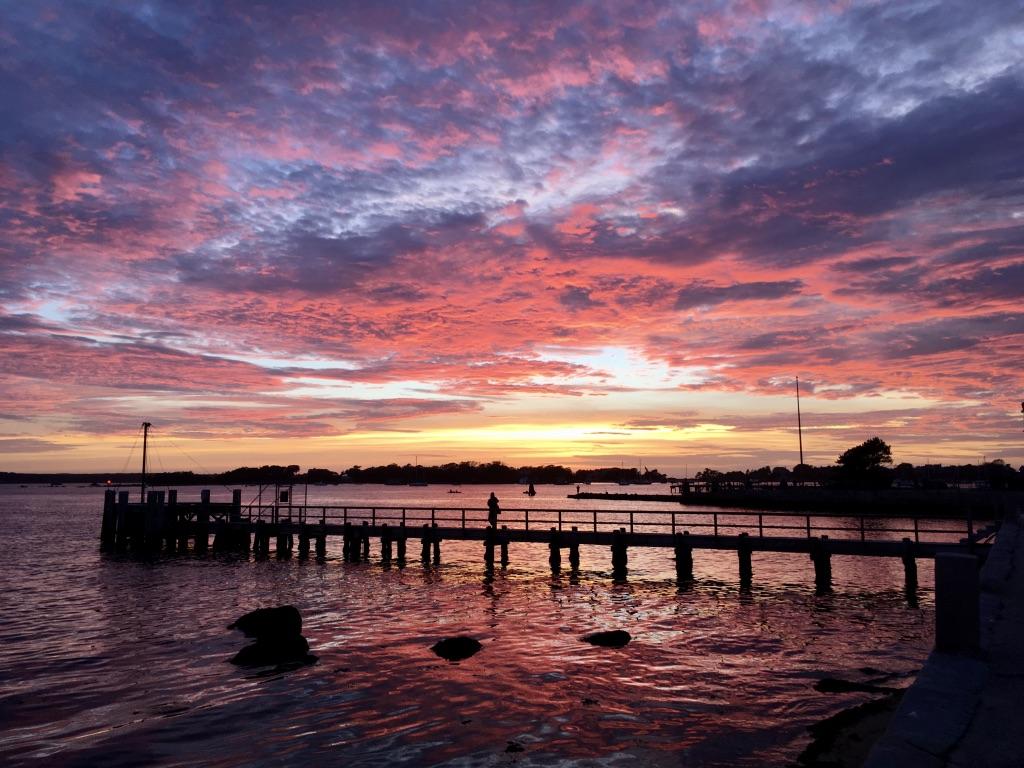La paciencia es la madre de la ciencia - Patience is the mother of science

Main content
At my first day at work at Woods Hole Oceanographic Institution (WHOI), I was introduced as “Libe from Norway”. Everyone thought I was Norwegian, of course only until I spoke! It was my first time in the US and I was amazed by how friendly people were. The “Hi, how are you?” was new to me, and I had a difficult time trying to figure out what it was expected to answer. I guess calling me Norwegian was not that wrong then! Being used to have everything within walking distance, I was also a bit shocked that I needed a car ride just to do groceries shopping. However, what surprised me most was how this small Cape Cod village in Massachusetts could hold such a big and influential community of marine scientists.
Before I left Bergen, things at the lab did not work as planned and I did not manage to get the plasmids I needed to do my lab work at WHOI. Since the goal of my exchange was learning different lab techniques, and specifically establish one, and bring the skills back to Bergen, I felt very frustrated and under a lot of pressure. I found myself wondering: “What am I doing here? Life is comfortable in Bergen.” Finally, I succumbed to the fact that the situation was out of my hands and I looked for a way to make that “lost time” productive. Reading and starting my first paper had been in my PhD “to do list” for a while, so I immersed myself in that.
So, my days in Woods Hole started with a morning walk around Eel Pond and enjoying the sun (a luxury for someone living in Bergen). In the afternoons, I treated myself with a tea from Coffee Obsession (a well-known locals café) and continued my writing. When my brain became overloaded with science, I put on my sport clothes and cleared my mind by riding the bike path up and down the coastline. I finished my days watching the gorgeous autumn sunsets. I devised my own sunset routine: first watching them from Stony Beach, and later from Waterfront Park by the side of the statue of Rachel Carson (author of the seminal book Silent Spring), one of the most famous toxicologists. Most days, inspired by the work of the “mother of toxicology” I could not help wonder in my daydreams if I could ever contribute to my field in a similar way.
After waiting over a month, my plasmids arrived. When I saw the “FedEx” truck pull up, I felt like a kid on Christmas morning! The lab days began and went by very fast. So fast, that I had to apply for a couple of weeks extension to be able to get my work done. After excellent supervision at Mark Hahn’s lab, I came home the 19th of December with a new lab technique established, exciting results, and a lot of American experiences behind. During those months, I got to meet great people from different countries, visit beautiful and inspiring places, and celebrated some classic American festivities, such as Thanksgiving weekend with a friend´s family in Orleans, Cape Cod.
Woods Hole will always be a very special place for me. It was there I found meaning in the Spanish saying “Patience is the mother of science.” The initial unsuccessfulness in the lab in Bergen led me to use Woods Hole as a source of calm and reflective inspiration. Now, I see my PhD from a different, more informed and positive perspective. I really believe that the biggest lab crisis of my PhD so far appeared just at the perfect time and place. I know now where I will turn at my next scientific impasse!
